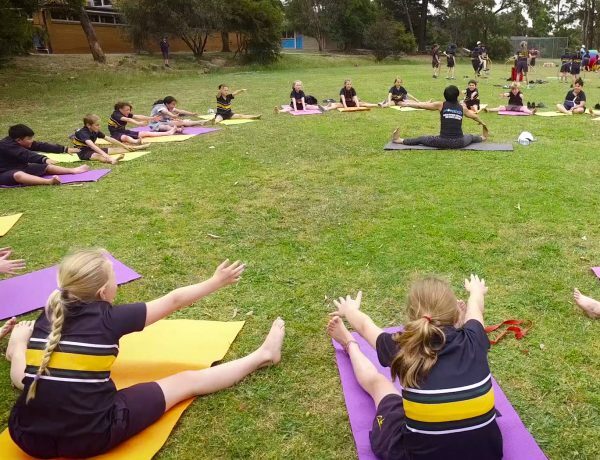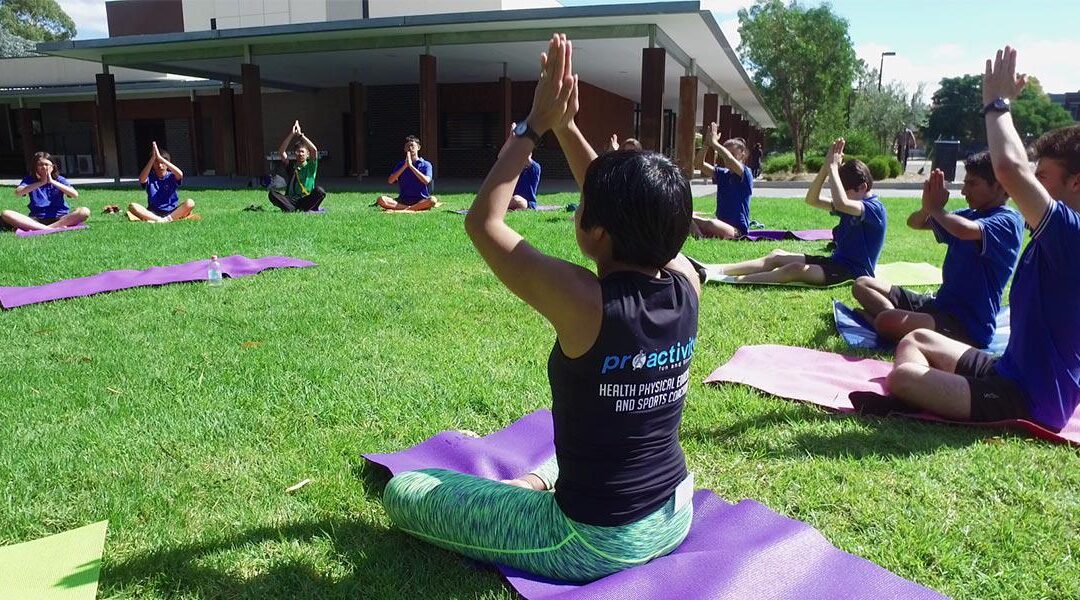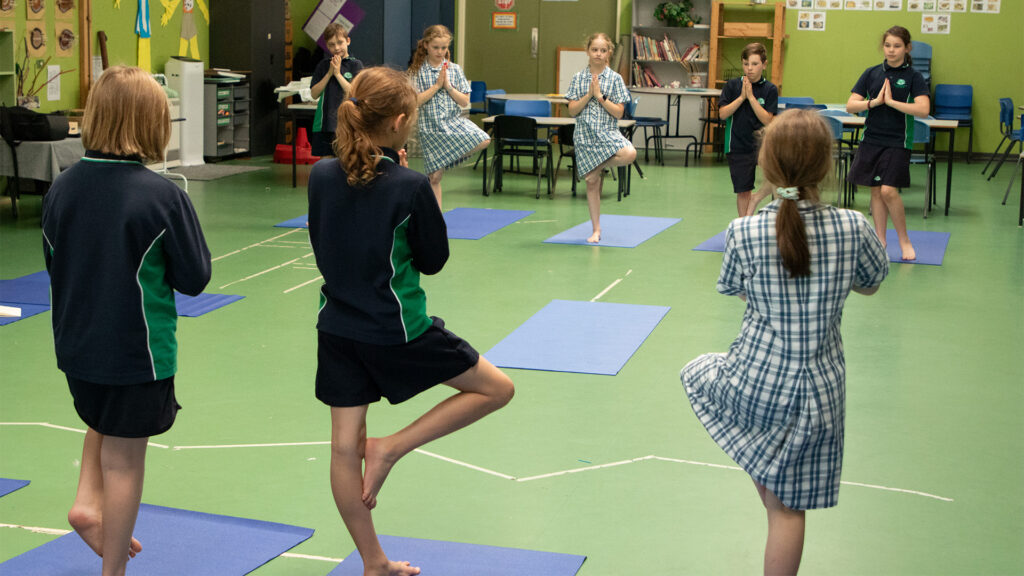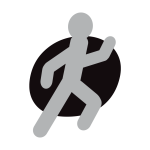Mindful Movement Level 2 is designed specifically for students in Years 3 to Year 6 to help them develop their mind-body connection and improve their physical and mental well-being.
This program primarily focuses on teaching students the benefits of mindfulness and movement, helping them to develop self-awareness, focus, and relaxation skills.


An extension to the Level 1 program, Mindful Movement Level 2 ensures students are challenged, have opportunities to create routines and importantly sequence and connect movements together.
Key Focus Points:
Ensure your curriculum program meets achievement outcomes by including a progressive and engaging Mindful Movement Level 2 program.
Curriculum Standards met:
Moving the body
Learning through movement
Understanding movement
Major Category = Lifelong Physical Activities & Active Play and Minor Games and Rhythmic and Expressive
In a 4-week Proactivity Yoga program, the students will be focusing and developing their physical, mental, emotional, and psychological health. The student-centered Yoga programs will be closely linked to the curriculum and across many areas.
Moving the body
Perform movement sequences which link fundamental movement skills.
Practise and apply movement concepts and strategies.
Understanding movement
Examine the benefits of physical activity and physical fitness to health and wellbeing.
Combine the elements of effort, space, time, objects and people when performing movement sequences.
Learning through movement
Adopt inclusive practices when participating in physical activities.
Moving the body
Practise specialised movement skills and apply them in different movement situations in indoor, outdoor and aquatic settings.
Understanding movement
Participate in physical activities designed to enhance fitness, and discuss the impact of regular participation on health and wellbeing.
Manipulate and modify the elements of effort, space, time, objects and people to perform movement sequences.
Learning through movement
Participate positively in groups and teams by encouraging others and negotiating roles and responsibilities.
Embark on an exciting 4-week Cheerleading Incursion program specifically designed to align with the Victorian Curriculum. This engaging program seamlessly integrates cheerleading skills with educational outcomes, providing students with a unique learning experience.
Moving the body
Practise and refine fundamental movement skills in different movement situations in indoor, outdoor and aquatic settings.
Perform movement sequences which link fundamental movement skills.
Practise and apply movement concepts and strategies.
Understanding movement
Combine the elements of effort, space, time, objects and people when performing movement sequences.
Learning through movement
Apply innovative and creative thinking in solving movement challenges.
Adopt inclusive practices when participating in physical activities.
Moving the body
Practise specialised movement skills and apply them in different movement situations in indoor, outdoor and aquatic settings.
Design and perform a variety of movement sequences.
Understanding movement
Participate in physical activities designed to enhance fitness, and discuss the impact of regular participation on health and wellbeing.
Manipulate and modify the elements of effort, space, time, objects and people to perform movement sequences.
Learning through movement
Participate positively in groups and teams by encouraging others and negotiating roles and responsibilities.
Apply critical and creative thinking processes in order to generate and assess solutions to movement challenges.

Proactivity has been providing students with positive learning experiences for 16+ years, trusted by schools across Melbourne and surrounding areas. Trusted by many Schools such as Haileybury, PLC, Shelford Girls’ Grammar, Kilbreda College, Norwood Secondary College, Box Hill North Primary School, Glen Waverley South Primary School, Wesley College and so much more!

Wonderful activities and students said “this was the best day of the holiday program yet!”

The Holiday Clinic was great and all the children enjoyed it very much. We were most impressed with the fact that the children were totally absorbed for the whole time, after which they told us that it was the best day ever!

The whole experience was super, super awesome. Thanks for the professional approach. On such a busy night for the teaching staff you ran the night well, requiring no special effort from teachers but to have fun and enjoy the experience. Fantastic!

I highly recommend Proactivity for anyone looking for an active, exciting and varied sports program. I have had the team come out to run clinics on many occasions, and have always been extremely impressed with their clinics. All the staff are highly skilled in their field and they present in a professional manner. Their enthusiasm and sense of fun are contagious!

After coming from another provider who did not deliver what had been promised, it is refreshing to have a professional yet fun program working with our service.
David, Jeremy & the rest of the Proactivity team do a great job!

The clinic and coaches were super organised and the children were engaged from the beginning to the end of the session. The activities were well suited to the age of the children and kept them highly active. The feedback from the children was extremely positive.

"*" indicates required fields